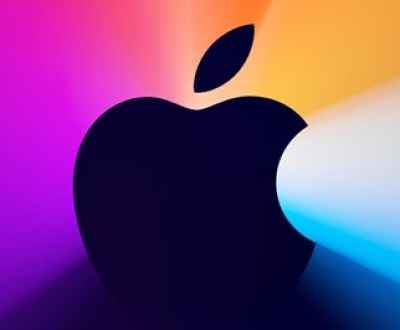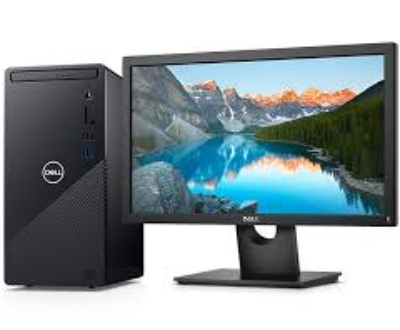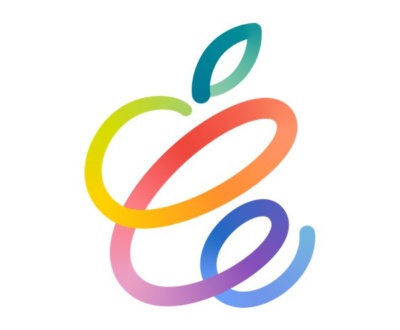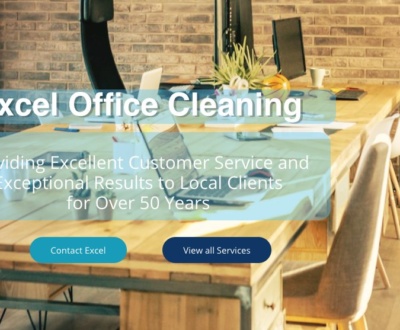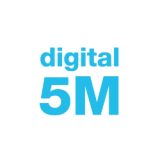WWDC – All about integration between desktop, mobile and phone.
Tim Cook big presentation on June 2nd at the company’s annual conference for software developers, WWDC in San Francisco, focused on updates to operating systems, OS X one for its Mac desktops and laptops and iOS, for its mobile devices, plus a new programming language. These, combined with other moves to nurture the Apple “ecosystem”, should make its offerings even more attractive to both developers and consumers—and even more formidable to its rivals.
Apple’s pitch is greater convenience, in at least three ways.
First, the operating systems, OS X Yosemite for Macs and iOS 8 for mobiles, will do more than improve on the current versions when they are released in the autumn. (Developers and enthusiastic amateurs can play with a “beta” version already.) They will allow devices to work together seamlessly. An e-mail started on an iPhone or iPad can be finished on the desktop. If your iPhone rings, you will be able to take the call on your Mac—in effect, using it as a speakerphone.
 Apple is not the first to make such a promise. When Microsoft launched its Windows 8 system in the autumn of 2012, its big idea was to provide the same experience on all types of device, from desktop to mobile. Yet few have bothered to buy Windows smartphones or tablets, or personal computers with Windows 8. “Microsoft have all the pieces,” says Carolina Milanesi of Kantar WorldPanel, a research firm, “but they haven’t pulled it all together.”
Apple is not the first to make such a promise. When Microsoft launched its Windows 8 system in the autumn of 2012, its big idea was to provide the same experience on all types of device, from desktop to mobile. Yet few have bothered to buy Windows smartphones or tablets, or personal computers with Windows 8. “Microsoft have all the pieces,” says Carolina Milanesi of Kantar WorldPanel, a research firm, “but they haven’t pulled it all together.”
Not only does Apple promise friction-free computing; it has customers who are likely to use it. They upgrade eagerly, either by buying new gear or by installing new software on old stuff. Mr Cook boasted at the conference that 89% of Apple’s mobile devices were on iOS 7 and 51% of Macs on OS X Mavericks, the current incarnations. In comparison, he gloated, only 14% of Windows personal computers were on Windows 8. And a mere 9% of mobile devices with Google’s Android operating system had the latest variant.
Apple’s second move towards greater convenience is to loosen some of its tight restrictions on developers. They will be allowed to bundle apps for sale at a discount in Apple’s store, to show video previews and to invite users to test beta versions. Apple will also allow third-party apps—for example, ones that apply fancy effects to photos—to be embedded in its own apps.
The new programming language, Swift, will make it easier to write apps. Thanks to all this, programmers should be even keener to write them for iOS 8 first, before they turn to Android’s many versions or to Windows (if at all). A fuller app store is in turn a bigger draw for consumers.
The third convenience-boosting move is to simplify the growing mishmash of applications in two fields: health and the home. Apple plans to bring a lot of third-party health apps under a common platform, HealthKit, so that a blood-pressure reading from one app, say, might trigger an alert from another that prompts a call from the doctor. Likewise, HomeKit will bring together diverse apps for stuff around the house: at bedtime, a verbal instruction to an iPhone may lock the doors and dim the lights (but not yet put the cat out).
These software standards are widely expected to boost the value of iWatch to be more than a timepiece. Rumours abound that the iWatch will either contain or interface with a range of health monitoring sensors. – Blood pressure, Pulse, Blood Sugar levels etc etc.
HealthKit could be setting the future for Apple TV to be the controlling device for the home and not just a fancy TV remote access device.
 Apple hopes that the sheer ease of having several interconnected apps in one place will bind people to its ecosystem of devices and software. People will still be able to switch to other devices, and take their data with them, but the fiddliness of changing over may keep them loyal. What may be more likely to put them off is who might get to see all their assiduously compiled data, especially about their health, a concern Apple sought to allay this week.
Apple hopes that the sheer ease of having several interconnected apps in one place will bind people to its ecosystem of devices and software. People will still be able to switch to other devices, and take their data with them, but the fiddliness of changing over may keep them loyal. What may be more likely to put them off is who might get to see all their assiduously compiled data, especially about their health, a concern Apple sought to allay this week.
Although Microsoft’s new boss, Satya Nadella, is bursting with bright ideas about a “mobile first, cloud first” world, the firm has a lot of catching up to do. As for makers of Android devices, they lack Apple’s control over the operating system and the app store. The biggest of them, Samsung, plans to sell a smartphone based on its own operating system, Tizen—probably as a hedge against reliance on Google. This will further fracture the Android base and only confuse end users and frustrate developers.
Apple remains the one company with a fully joined up Ecosystem – from developers to customers.
AAPL – Buy recommendation. $90.09 at time of press on June 23rd 2014.
About us and this blog
We are a digital marketing company with a focus on helping our customers achieve great results across several key areas.
Request a free quote
We offer professional SEO services that help websites increase their organic search score drastically in order to compete for the highest rankings even when it comes to highly competitive keywords.


